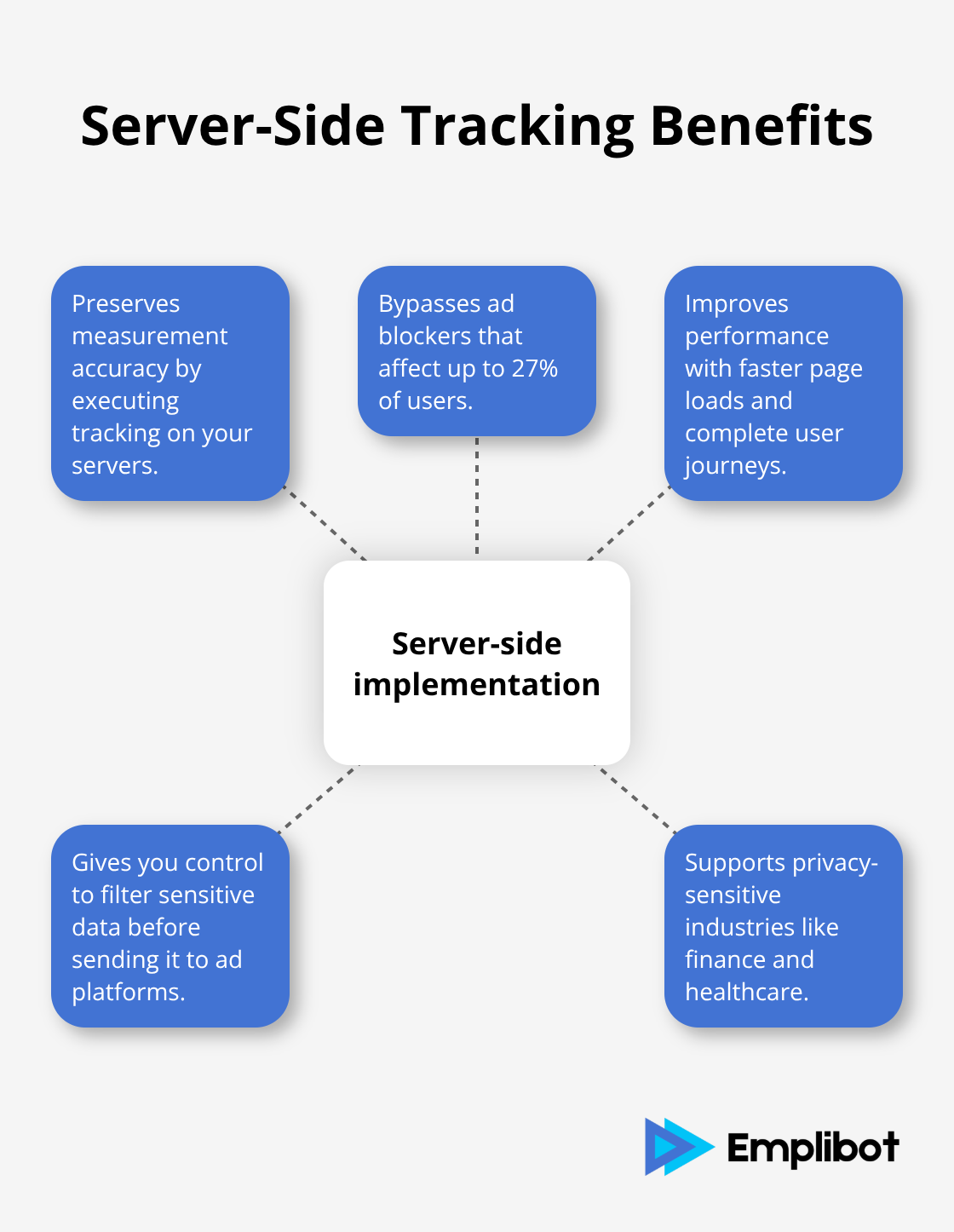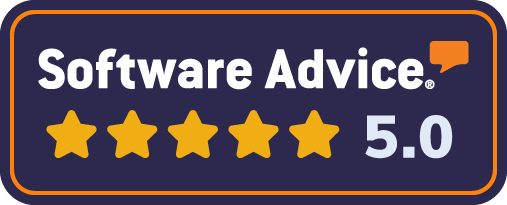Google’s decision to keep third-party cookies caught the marketing world off guard. After years of Privacy Sandbox development, the tech giant reversed course in July 2024.
This shift changes everything for digital marketers who spent years preparing for a cookieless future. We at Emplibot see this as an opportunity to strengthen first-party data strategies and build direct audience relationships.
Contents
ToggleWhat Does Google’s Privacy Sandbox Reversal Mean
Google’s July 2024 announcement to abandon third-party cookie deprecation sent shockwaves through the digital marketing industry. After the tech giant invested billions in Privacy Sandbox development since 2019, Google cited regulatory concerns and advertiser feedback as reasons for the reversal. The UK’s Competition and Markets Authority formally released Google from its Privacy Sandbox commitments in October 2024 (according to Reuters). This decision affects over 3 billion Chrome users worldwide who expected to browse cookieless by 2025.
Marketing Teams Face Strategic Reset
Marketing departments that restructured around cookieless tracking now face a strategic reset. Companies spent an estimated $20 billion to prepare for cookie deprecation, with many teams hiring specialists and rebuilding measurement systems. The reversal means third-party cookies remain active in Chrome, which maintains current attribution models and retargeting capabilities. However, smart marketers recognize this stability as temporary. Privacy regulations continue to advance globally, with large organizations’ average annual budget for privacy projected to exceed $2.5 million by the end of 2024.
First-Party Data Remains Essential
The Privacy Sandbox reversal doesn’t eliminate the need for first-party data strategies. Companies with strong direct relationships and owned data sources will outperform competitors who rely solely on third-party cookies.

Safari and Firefox already block third-party cookies by default, which represents 30% of web traffic. Marketing teams should treat this reversal as extra time to build sustainable data collection systems rather than return to old practices.
Technical Debt Accumulates Without Change
Organizations that avoid privacy-focused improvements risk accumulating technical debt. Systems built around third-party cookies become harder to upgrade when future privacy changes arrive. The lack of pressure for change encourages over-collection of data and obscures its use. Companies must resist complacency and continue building trustworthy systems that prepare for inevitable privacy shifts ahead.
Double Down on First-Party Data Collection
Marketing teams must shift from passive cookie collection to active audience development. Content marketing becomes your primary vehicle for first-party data capture when you execute it with conversion-focused intent. Create educational content that solves specific problems for your target audience, then gate premium resources like templates, calculators, or industry reports behind email forms. AI search visitors convert at a 23x higher rate than traditional organic search visitors, which makes answer-focused content essential for modern lead generation.
Server-Side Implementation Prevents Data Loss
Server-side implementation prevents data loss while it maintains measurement accuracy. This technology moves tracking code execution from browsers to your servers, which bypasses ad blockers that affect up to 27% of web users (according to GlobalStats). Google Analytics 4 server-side implementation reduces page load times by 15-30% while it captures complete user journeys. Privacy-sensitive industries like finance and healthcare see immediate benefits from control over which data reaches third-party platforms.

Set up Google Tag Manager server-side containers to filter sensitive information before transmission to advertising platforms.
Answer Engine Content Attracts High-Intent Traffic
Answer engines like ChatGPT and Perplexity represent over 15 million US adults who currently use generative AI as their primary method of online search. Content optimized for AI citations generates significantly higher conversion rates than traditional SEO content. Structure your content with clear definitions, numbered steps, and direct answers to common questions. AI engines extract information from well-organized content 78% more often when you format it as lists or structured sections.
Content Architecture That AI Engines Prefer
Focus on conversational language that matches how people ask questions to AI assistants rather than keyword-stuffed traditional SEO approaches. Pages with clear subheadings score 19.95% better in AI Overviews, which emphasizes the importance of structured content. Define key terms at the start of sections to improve understanding for both users and AI algorithms. Question-based headings enhance compatibility with AI query formats and make content more identifiable by search engines. This foundation prepares your content strategy for the tactical implementation phase that follows.
How Do You Execute This Pivot in 30 Days
Marketing teams need immediate action to capitalize on the Privacy Sandbox reversal. Week one focuses on content optimization: identify your top 10 traffic-generating posts and add answer boxes above the fold that directly respond to common user questions. These boxes should contain 2-3 sentences maximum and match the conversational tone that AI search engines prefer.

Week-by-Week Action Framework
Week two targets conversion optimization by adding clear CTAs to pages that generate over 1,000 monthly visitors. Research from HubSpot shows that personalized CTAs convert 202% better than generic versions, so customize messaging based on page content and user intent. Week three implements weekly A/B testing protocols for title tags and hero images on high-traffic pages, with each test running for exactly 7 days to capture weekly traffic patterns.
Measurement Systems That Track Performance
Week four establishes measurement systems that track click-through rates, newsletter signups, and assisted conversions across all modified pages. Set up conversion tracking in Google Analytics 4 to measure how answer box additions affect user engagement and lead generation. Configure automated email sequences that nurture leads captured through your enhanced content strategy.
Automation Tools for Consistent Results
Marketing automation platforms like Mailchimp report that segmented campaigns achieve 14.31% higher open rates than non-segmented campaigns. Schedule bi-weekly content audits to identify additional optimization opportunities and expand successful answer box formats to more pages. Automation handles the repetitive tasks while you focus on strategy refinement and content quality improvements (rather than manual campaign management).
This systematic approach transforms your existing content into a lead generation machine that works regardless of future privacy changes while building the first-party data foundation your business needs.
Final Thoughts
Your measurement framework should track three metrics that matter most: organic click-through rates from search results, email newsletter signup rates from content pages, and assisted conversions that show how content influences purchase decisions. Set up Google Analytics 4 goals for each metric and review performance weekly to identify which content formats generate the highest engagement rates. Marketing automation platforms handle the repetitive tests that manual processes cannot sustain.
Configure automated A/B tests for email subject lines, page headlines, and social media post schedules to maintain consistent optimization without constant oversight. These systems run continuously and provide data-driven insights that improve campaign performance over time. The long-term strategy extends far beyond cookie changes because privacy regulations will continue to evolve regardless of what Google ends Privacy Sandbox decisions bring.
Build content systems that capture first-party data through valuable resources rather than pixels. Focus on educational content that positions your brand as an industry authority while it generates qualified leads through organic discovery. We at Emplibot help businesses implement these strategies through automated content creation that handles keyword research, content production, and SEO optimization across WordPress and social media platforms (which builds sustainable audience relationships that withstand any future privacy changes).










